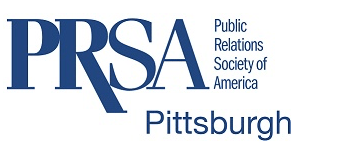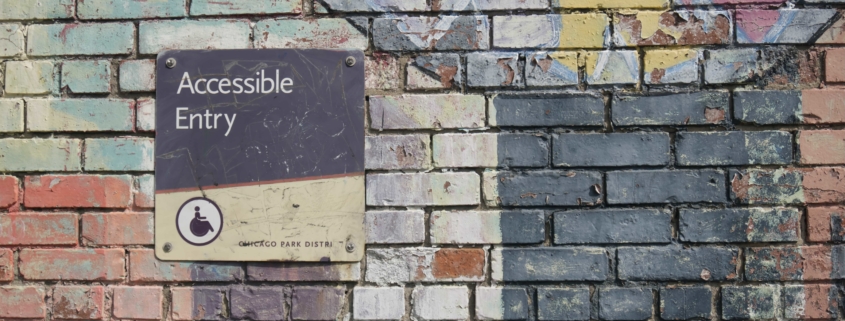PR Summit Digital Series: Building a More Accessible, Inclusive World
By Megha Pai
D&I Committee Co-Chair and Social Media Co-Chair
As a society, it’s our job to make things as accessible as possible. As part of the 2020 PR Summit, one session touched upon an aspect of diversity and inclusion that isn’t talked about often enough: disability. Anyone with a disability should be given the opportunity to access the same places and resources as anyone else.
Celebrating peoples’ unique identifiers and leveling the playing field for everyone are important aspects of diversity, inclusion and equity that we should all strive to achieve. And, an inclusive society can make things easier for everyone to use and understand, not just those with disabilities.
A Tool for Change: The Americans with Disabilities Act
The Americans with Disabilities Act (ADA) was signed into law on July 26, 1990. That’s 30 years of progress in access and inclusion, which was the direct result of many years of effort by those with disabilities and disability advocates.
In fact, there are about 11 million people of various disabilities who want to and are able to work, but only around 29% are employed — compared to 75% of the typically abled population.
To celebrate the 30-year anniversary of the ADA, PublicSource and Unabridged Press wanted to know the answers to these questions:
- How has the ADA changed life for Pittsburghers with disabilities?
- What progress still needs to be made now, three decades after the law was passed?
When compiling this information, it became apparent that a website was needed. Enter Remy Davison, web designer. Remy worked on creating an accessible website that hosted stories, first-person essays, video, and podcast content. To ensure the site design was intuitive, clean, and accessible to everyone, Remy conducted accessibility testing with a range of users with disabilities.
Increase Your Website’s Accessibility
Below are a few tips from Remy about how to increase the accessibility of your website.
- Make your website logically laid out
- Design your website with the input of those with disabilities
- Utilize alt text in images
- Provide an accessibility menu
- Resources like UserWay can help with this
- Check your site against the Web Content Accessibility Guidelines (WCAG)
The technology permeating our lives makes accessibility more possible than ever before. So, if you have the capabilities to customize your site in a way that makes it more accessible, use them. As Remy says, “Customization is key when designing for accessibility.”
A Technological Shift We’re Capable of Handling
Remember when smartphones became more popular in the early 2010s? During that time period, there was a huge shift in making websites optimized for mobile screens … before that, they were only really usable on computer screens.
Similarly, we should be seeing the same shift in making websites optimized for accessibility. Even if you have to retrofit your site, do it.
Continuing the Conversation
Disability is an often-neglected aspect of diversity and inclusion, so having this discussion was a critical part of our month-long PR Summit.
Through thoughtful communications, comprehensive storytelling and the power of technology, we can continue making this world accessible for all.
Learn more about all of PRSA Pittsburgh’s D&I efforts here.





Leave a Reply
Want to join the discussion?Feel free to contribute!